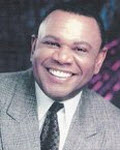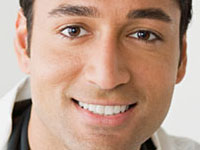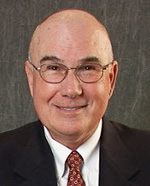Oregon Sleep Apnea Obstructive - In Your Local Area
Interstate Dental Clinic
Appointments: (503) 285-5307

Edward Ward D.M.D.
Interstate Dental Clinic
5835 N Interstate Ave
Portland, OR 97217



Portland area cosmetic dentist Edward Ward, D.M.D. has extensive experience creating beautiful smiles. They're one of the first things people notice about you.
Our professional team will be happy to discuss your aesthetic dentistry options. The attractive results you'll get from Interstate Dental Clinic can change your life!
If you're looking for dentures that look great and last, look no further than Interstate Dental Clinic located in the Portland, OR area. Edward Ward, D.M.D. will assess your needs and fit you with durable, comfortable, natural-looking dentures - at a price you can afford.
If you're looking for denture repair in the Portland area, our team at Interstate Dental Clinic offers friendly service. Dr. Ward understands the importance of reliable dentures that fit properly.
We'll get your repairs done professionally and quickly. You'll be able to eat and smile again with confidence as soon as possible.
If you're interested in natural-looking false teeth, Portland area dentures dentist Edward Ward, D.M.D. has solutions. Our team uses modern materials and techniques to achieve the natural results you envision.
We'll evaluate your situation and create your personal treatment plan. You'll enjoy eating and smiling with your comfortable new dentures.
Portland area restorative dentistry at Interstate Dental Clinic can produce natural-looking results. If you have a damaged or missing tooth, we can help.
Our highly skilled team will assess your need for a crown, bridge, implant or other procedure to restore or improve your smile. Our goal is to provide quality dental care for your life-long oral health.




More Sleep Apnea Dentists in the Portland, OR Area Near You
Dr. Thomas Kolodge, D.D.S.
1048 NE 3rd St
McMinnville , OR, 97128
Westside Endodontics
434 South First Ave
Hillsboro, OR, 97123
Doctor - Activate Your Free 1stSleepApnea Directory Listing
Dr. Harold T. Hall, D.D.S.
351 Main St
Winston , OR, 97496
Dr. Thomas Alexander
1907 Mt. View Lane #100
Forest Grove, OR, 97116


